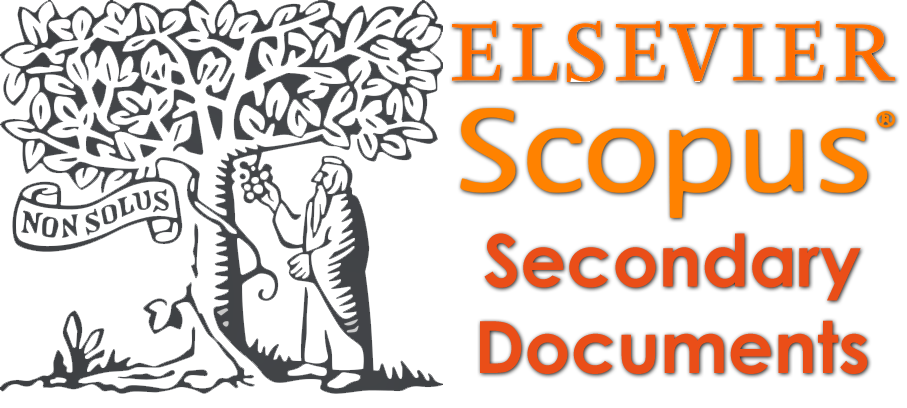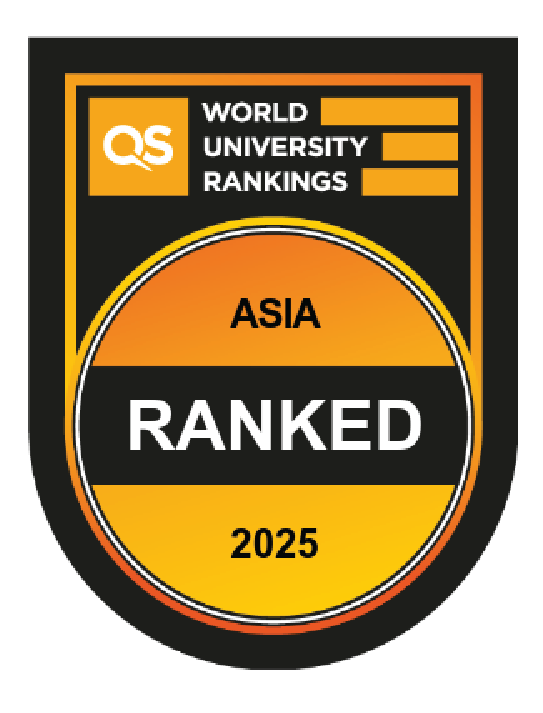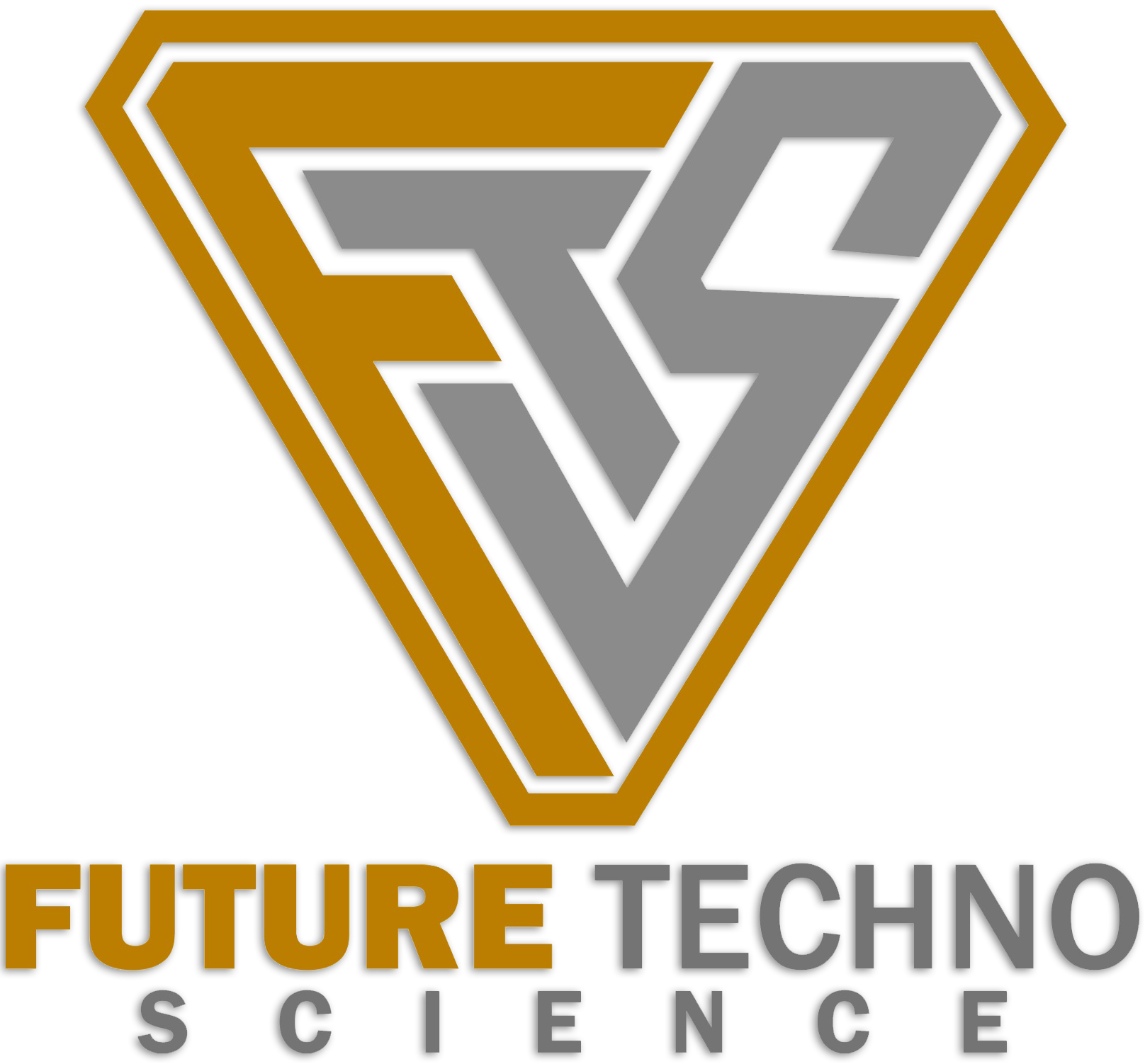Enhanced Freelance Matching: Integrated Data Analysis and Machine Learning Techniques
DOI:
https://doi.org/10.62411/jcta.10152Keywords:
CRISP-DM methodology, Data analysis, Hybrid recommendation, Machine learning, Recommender systemsAbstract
The objective of this research is to devise a personalized recommendation system for a freelancing platform to optimize the freelancer project matching process. This enhancement is intended to improve user experience and increase the success rate of projects. The system will recommend projects to freelancers based on their skills and preferences by employing data analysis and machine learning methodologies. The research methodology adheres to the Cross Industry Standard Process for Data Mining (CRISP-DM), incorporating six stages: Business Understanding, Data Understanding, Data Preparation, Modeling, Evaluation, and Deployment. The proposed project employs a hybrid recommendation strategy, integrating Content-Based Filtering through KNearest Neighbors (K-NN) and Cosine Similarity, Collaborative Filtering via Singular Value Decomposition (SVD), and recommendations derived from Word2vec. Evaluation metrics such as precision, recall, F1 score, MAP, and MRR are utilized to assess model performance. The results, including precision scores of 0.80 for KNN and 0.728 for SVD, recall scores of 0.60 for KNN and 0.623 for SVD, and F1 scores of 0.69 for KNN and 0.671 for SVD, as well as a MAP of 0.75 and MRR of 0.80 for Word2vec, demonstrate the efficacy of the hybrid recommendation system in delivering accurate and varied project suggestions to freelancers, with a weighted average ensemble learning model emerging as the most effective solution.References
P. Resnick and H. R. Varian, “Recommender systems,” Commun. ACM, vol. 40, no. 3, pp. 56–58, Mar. 1997, doi: 10.1145/245108.245121.
V. Gupta and S. R. Pandey, “Recommender systems for digital libraries: A review of concepts and concerns,” Libr. Philos. Pract., 2019.
D. Goldberg, D. Nichols, B. M. Oki, and D. Terry, “Using collaborative filtering to weave an information tapestry,” Commun. ACM, vol. 35, no. 12, pp. 61–70, Dec. 1992, doi: 10.1145/138859.138867.
A. Klašnja-Mili?evi?, M. Ivanovi?, B. Vesin, and Z. Budimac, “Enhancing e-learning systems with personalized recommendation based on collaborative tagging techniques,” Appl. Intell., vol. 48, no. 6, pp. 1519–1535, Jun. 2018, doi: 10.1007/s10489-017-1051-8.
L. Balby Marinho et al., Recommender Systems for Social Tagging Systems. Boston, MA: Springer US, 2012. doi: 10.1007/978-1-4614-1894-8.
J. L. Herlocker, J. A. Konstan, L. G. Terveen, and J. T. Riedl, “Evaluating collaborative filtering recommender systems,” ACM Trans. Inf. Syst., vol. 22, no. 1, pp. 5–53, Jan. 2004, doi: 10.1145/963770.963772.
M. Fabbri, “Social influence for societal interest: a pro-ethical framework for improving human decision making through multi-stakeholder recommender systems,” AI Soc., vol. 38, no. 2, pp. 995–1002, Apr. 2023, doi: 10.1007/s00146-022-01467-2.
M. S. Hossain and M. Shamsul Arefin, “Development of an Intelligent Job Recommender System for Freelancers using Client’s Feedback Classification and Association Rule Mining Techniques,” J. Softw., pp. 312–339, Jul. 2019, doi: 10.17706/jsw.14.7.312-339.
G. Adomavicius and A. Tuzhilin, “Toward the next generation of recommender systems: a survey of the state-of-the-art and possible extensions,” IEEE Trans. Knowl. Data Eng., vol. 17, no. 6, pp. 734–749, Jun. 2005, doi: 10.1109/TKDE.2005.99.
F. Narducci, C. Musto, M. Polignano, M. de Gemmis, P. Lops, and G. Semeraro, “A Recommender System for Connecting Patients to the Right Doctors in the HealthNet Social Network,” in Proceedings of the 24th International Conference on World Wide Web, May 2015, pp. 81–82. doi: 10.1145/2740908.2742748.
J. Han, J. Jo, H. Ji, and H. Lim, “A collaborative recommender system for learning courses considering the relevance of a learner’s learning skills,” Cluster Comput., vol. 19, no. 4, pp. 2273–2284, Dec. 2016, doi: 10.1007/s10586-016-0670-x.
J.-K. Kim, J.-S. Lee, D.-K. Park, Y.-S. Lim, Y.-H. Lee, and E.-Y. Jung, “Adaptive mining prediction model for content recommendation to coronary heart disease patients,” Cluster Comput., vol. 17, no. 3, pp. 881–891, Sep. 2014, doi: 10.1007/s10586-013-0308-1.
S. Smys and G. J. Bala, “Performance analysis of virtual clusters in personal communication networks,” Cluster Comput., vol. 15, no. 3, pp. 211–222, Sep. 2012, doi: 10.1007/s10586-012-0209-8.
R. Yera and L. Martínez, “A recommendation approach for programming online judges supported by data preprocessing techniques,” Appl. Intell., vol. 47, no. 2, pp. 277–290, Sep. 2017, doi: 10.1007/s10489-016-0892-x.
Z. Batmaz, A. Yurekli, A. Bilge, and C. Kaleli, “A review on deep learning for recommender systems: challenges and remedies,” Artif. Intell. Rev., vol. 52, no. 1, pp. 1–37, Jun. 2019, doi: 10.1007/s10462-018-9654-y.
S. Benhamdi, A. Babouri, and R. Chiky, “Personalized recommender system for e-Learning environment,” Educ. Inf. Technol., vol. 22, no. 4, pp. 1455–1477, Jul. 2017, doi: 10.1007/s10639-016-9504-y.
H. Ronghuai, J. Yang, and H. Yongbin, “From Digital to Smart: The Evolution and Trends of Learning Environment,” Open Educ. Res., 2012, [Online]. Available: https://api.semanticscholar.org/CorpusID:111567973
M. Vahdat, L. Oneto, D. Anguita, M. Funk, and M. Rauterberg, “A Learning Analytics Approach to Correlate the Academic Achievements of Students with Interaction Data from an Educational Simulator,” in Design for Teaching and Learning in a Networked World, 2015, pp. 352–366. doi: 10.1007/978-3-319-24258-3_26.
G. Donzellini and D. Ponta, “A Simulation Environment for e-Learning in Digital Design,” IEEE Trans. Ind. Electron., vol. 54, no. 6, pp. 3078–3085, Dec. 2007, doi: 10.1109/TIE.2007.907011.
H. Li, H. Li, S. Zhang, Z. Zhong, and J. Cheng, “Intelligent learning system based on personalized recommendation technology,” Neural Comput. Appl., vol. 31, no. 9, pp. 4455–4462, Sep. 2019, doi: 10.1007/s00521-018-3510-5.
Y. Zhang, D. Lo, X. Xia, G. Scanniello, T.-D. B. Le, and J. Sun, “Fusing multi-abstraction vector space models for concern localization,” Empir. Softw. Eng., vol. 23, no. 4, pp. 2279–2322, Aug. 2018, doi: 10.1007/s10664-017-9585-2.
H. Chen, Z. Li, and W. Hu, “An improved collaborative recommendation algorithm based on optimized user similarity,” J. Supercomput., vol. 72, no. 7, pp. 2565–2578, Jul. 2016, doi: 10.1007/s11227-015-1518-5.
J. Huang and Z. Huang, “Personalized recommendation algorithm for e-commerce based on user behavior,” J. Phys. Conf. Ser., vol. 62, no. 1, 2015.
S. Karga and M. Satratzemi, “A hybrid recommender system integrated into LAMS for learning designers,” Educ. Inf. Technol., vol. 23, no. 3, pp. 1297–1329, May 2018, doi: 10.1007/s10639-017-9668-0.
K. Clements, J. Pawlowski, and N. Manouselis, “Open educational resources repositories literature review – Towards a comprehensive quality approaches framework,” Comput. Human Behav., vol. 51, pp. 1098–1106, Oct. 2015, doi: 10.1016/j.chb.2015.03.026.
S. Bennett, S. Agostinho, and L. Lockyer, “Technology tools to support learning design: Implications derived from an investigation of university teachers’ design practices,” Comput. Educ., vol. 81, pp. 211–220, Feb. 2015, doi: 10.1016/j.compedu.2014.10.016.
K. Abhinav, A. Dubey, S. Jain, G. Virdi, A. Kass, and M. Mehta, “CrowdAdvisor: A Framework for Freelancer Assessment in Online Marketplace,” in 2017 IEEE/ACM 39th International Conference on Software Engineering: Software Engineering in Practice Track (ICSE-SEIP), May 2017, pp. 93–102. doi: 10.1109/ICSE-SEIP.2017.23.
D. E. Difallah, G. Demartini, and P. Cudré-Mauroux, “Pick-a-crowd: tell me what you like, and i’ll tell you what to do,” in Proceedings of the 22nd international conference on World Wide Web, May 2013, pp. 367–374. doi: 10.1145/2488388.2488421.
Downloads
Published
How to Cite
Issue
Section
License
Copyright (c) 2024 Emna Ammar

This work is licensed under a Creative Commons Attribution 4.0 International License.















